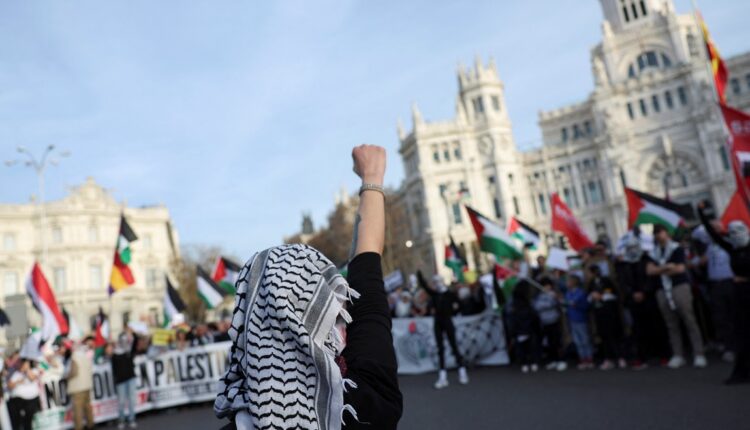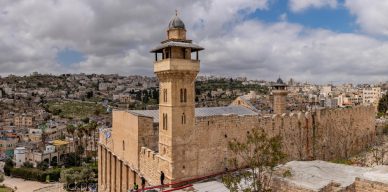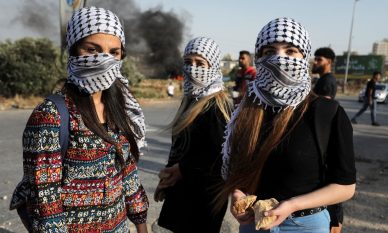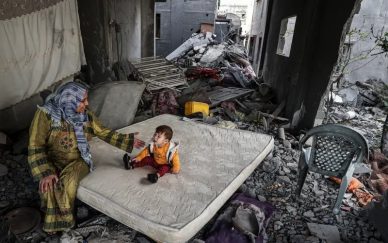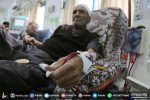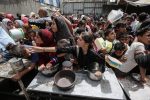RAMALLAH, (PIC)
The Palestinian Ministry of Culture announced on Sunday the registration of the Palestinian kufiya on the intangible heritage list of the Islamic World Educational, Scientific and Cultural Organization (ISESCO).
In a statement on the occasion of National Kufiya Day, the ministry said that the Palestinian kufiya has “become a symbol of our national identity, like a crown of dignity and resilience that tells the story of attachment to the land and Palestinian struggle. It is a true witness to the long struggle of the Palestinian people, and its widespread use is evidence of the solidarity among the community for freedom over decades.”
The ministry added, “The inclusion of the Palestinian kufiya on the ISESCO’s intangible cultural heritage list is a national achievement, following the insistence of heritage advocates for its inclusion, as it has become a symbol of national identity.”
The kufiya, in its black and white colors, has become a symbol of solidarity with the Palestinian cause worldwide amid the intensifying Israeli genocide in Gaza since October 7, 2023. It is worn by supporters as a scarf on their shoulders or heads and has been incorporated into various clothing and artistic designs.
For a long time, the kufiya has symbolized Palestinian nationalism since the British occupation of Palestine, embodied by the late leader of the Palestine Liberation Organization, Yasser Arafat, who was rarely depicted without it, often folding it in a way that represented the historical shape of Palestine.
Design historian Anou Lingala told Reuters that the fabric gained political significance for the first time during the revolution from 1936 to 1939 against British rule when rural fighters covered their faces with it, adding that it represented “unified resistance.”
The black and white pattern emerged in the 1950s when British General John Glubb designated it for Palestinian soldiers in the Arab Legion to distinguish them from Jordanian soldiers, who wore red and white, as noted in the book “Memories of the Revolution” by American historian Ted Swedenburg.
Later, it was worn by Palestinian fighters, including Leila Khaled, who hijacked an American TWA plane in 1969. Anti-apartheid leader Nelson Mandela sometimes wore the kufiya, as his African National Congress was closely aligned with the Palestine Liberation Organization.
With the ban on raising the Palestinian flag in the West Bank and Gaza, which has been under Israeli since 1967, the kufiya became a symbol of the struggle for the establishment of a Palestinian state.
Since the beginning of the genocide against Gaza, online orders for the kufiya have surged on the website of the Hirbawi factory, the last kufiya factory in the occupied Palestinian territories.

